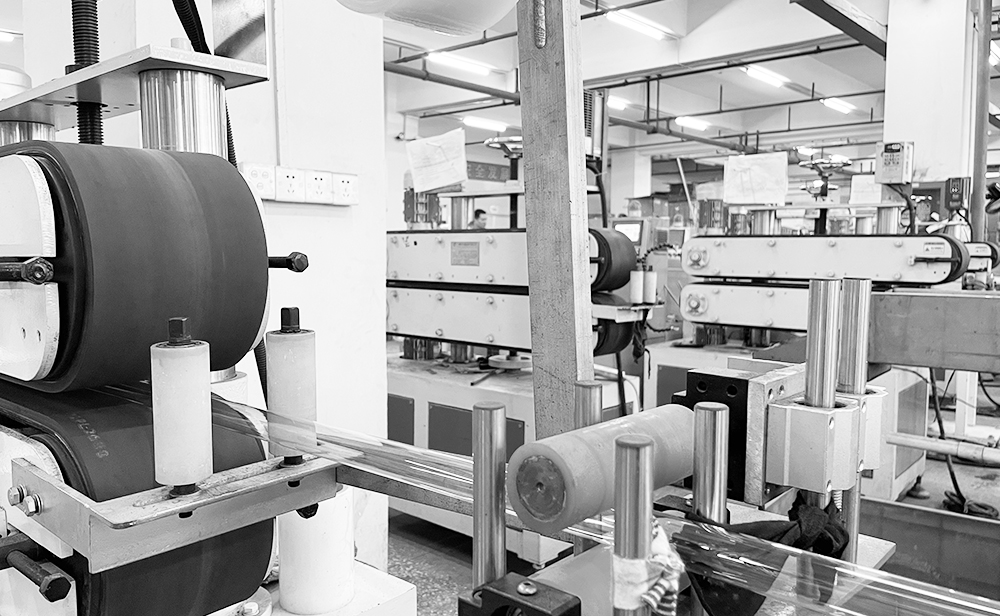A Comprehensive Exploration of Injection Molding and Extrusion Techniques
In the realm of packaging innovation, the creation of plastic packaging tubes stands as a testament to the intersection of art and engineering. The meticulous processes of injection molding and extrusion shape these essential vessels, ensuring they not only preserve the contents within but also captivate consumers through their form and function. In this in-depth journey, we’ll delve into the intricate world of plastic packaging tubes, unraveling the intricacies of injection molding and extrusion techniques, and discovering the artistry that goes into crafting these versatile packaging solutions.

Injection Molding: Sculpting Precision and Versatility
Understanding Injection Molding: Injection molding is a technique that involves injecting molten plastic material into a mold to create intricate and precise shapes. It’s a versatile method that allows for the production of tubes in a variety of sizes and designs.
Applications:
- Cosmetics and Personal Care: Injection molding creates sleek and visually appealing packaging for cosmetics such as lotions, creams, and serums.
- Pharmaceuticals: Precise injection molding ensures the protection and accurate dispensing of pharmaceutical products.
- Food and Beverage: Tubes for condiments, sauces, and beverages benefit from the versatility of injection molding.
Extrusion: Crafting Seamless Functionality
Understanding Extrusion: Extrusion is a process where plastic material is melted and pushed through a die to create a continuous profile. It’s commonly used for producing seamless plastic tubing with consistent dimensions.
Applications:
- Toiletries and Hygiene: Extrusion creates hygienic and convenient packaging solutions for toothpaste, creams, and gels.
- Industrial Products: Tubes for adhesives, sealants, and lubricants are efficiently manufactured through the extrusion process.
- Household and Cleaning: Extruded tubes offer easy dispensing and storage for household products like detergents and cleaning agents.
Choosing the Right Technique: Factors to Consider
- Design Complexity: Injection molding is ideal for intricate designs, while extrusion is better suited for straightforward shapes.
- Material Compatibility: Different plastics work better with specific processes. Choose the technique that aligns with the material’s properties.
- Volume Requirements: Injection molding is efficient for larger production volumes, while extrusion is suited for high-volume production.
- Production Time: Extrusion offers continuous production, making it quicker for high-volume runs, whereas injection molding might require longer setup times.
The Harmony of Art and Engineering: Crafting Plastic Packaging Tubes
Creating plastic packaging tubes isn’t merely a technical endeavor; it’s a harmonious blend of art and engineering. Each tube is a canvas where design meets functionality, offering protection, convenience, and visual appeal to consumers. Whether through the precision of injection molding or the seamless functionality of extrusion, these techniques come together to shape the essence of modern packaging.
In Conclusion: Shaping the Future of Packaging
The worlds of injection molding and extrusion for plastic packaging tubes are a testament to human ingenuity and creativity. The ability to mold and shape plastic into functional and aesthetically pleasing tubes opens doors to limitless possibilities in packaging design. Whether you’re seeking precision, versatility, or seamless functionality, injection molding and extrusion techniques stand ready to transform your packaging concepts into tangible works of art that enhance both the product and the consumer experience.


